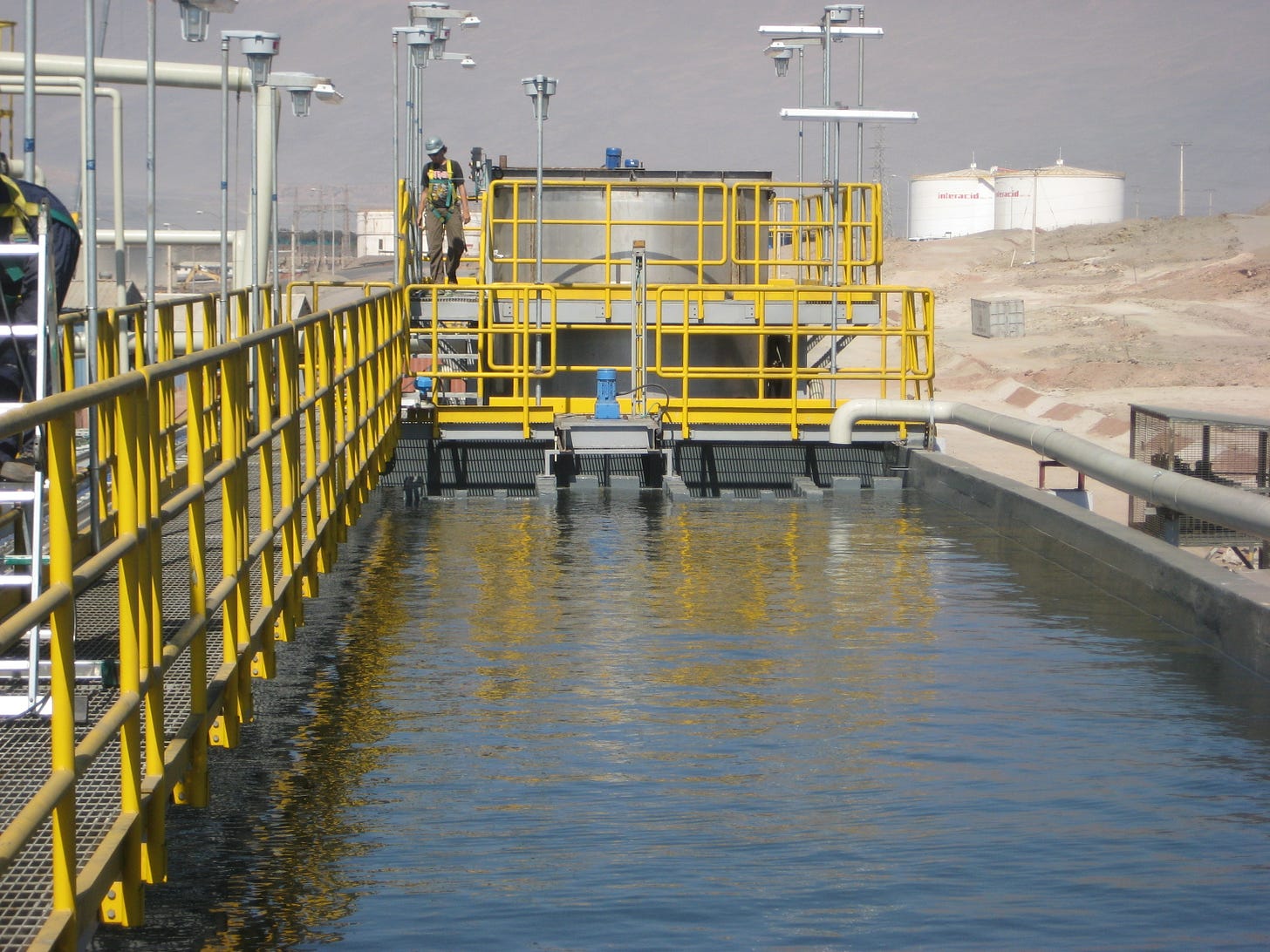The Imperative of Zero Liquid Discharge System (ZLD) in Today's Industries :A Pathway to Sustainable Water Management
Introduction:
In the midst of mounting environmental concerns and increasing regulatory scrutiny, industries worldwide are grappling with the imperative to adopt sustainable practices across their operations.
the efficient water management strategies that mitigate pollution, conserve resources, and ensure compliance with stringent regulations. In this context, Zero Liquid Discharge (ZLD) emerges as a transformative solution, offering a holistic approach to industrial water treatment that seeks to eliminate liquid waste discharge entirely. This article delves into the essence of ZLD, its operational principles, and the compelling reasons why it stands as a keystone in today's industrial landscape.
Understanding Zero Liquid Discharge (ZLD):
Zero Liquid Discharge represents a comprehensive water treatment approach aimed at completely eliminating the discharge of liquid waste from industrial processes.
Unlike conventional wastewater treatment methods that often result in the release of effluents into water bodies, ZLD employs a combination of advanced technologies to achieve maximum water recovery and minimize waste generation.
At its core, ZLD involves a series of integrated processes, including evaporation, crystallization, membrane filtration, and thermal treatment, designed to purify wastewater to the point where only solid residuals remain.
Evaporation serves as a cornerstone of ZLD, wherein wastewater undergoes successive stages of concentration to separate water from dissolved solids.
Various techniques such as multiple effect distillation and mechanical vapor compression facilitate the vaporization of water, yielding high-purity distillate and concentrated brine streams.
Subsequent crystallization processes further concentrate the brine, enabling the recovery of valuable salts and minerals while reducing liquid volume.
Membrane filtration technologies, including reverse osmosis and ultrafiltration, purifying the water stream, ensuring compliance with stringent quality standards. Finally, thermal processes such as spray drying or fluidized bed drying are employed to transform residual solids into dry, manageable byproducts, thereby achieving ZLD's overarching objective of zero liquid discharge.
The Environmental Imperative:
The imperative for ZLD adoption is underscored by pressing environmental concerns, chief among them being water scarcity and pollution.
With freshwater resources under increasing stress due to climate change, population growth, and industrial activities, the preservation and responsible management of water resources have become paramount.
By embracing ZLD, industries can significantly reduce their environmental footprint by minimizing the discharge of pollutants into water bodies and conserving precious freshwater resources.
Moreover, ZLD facilitates compliance with stringent environmental regulations governing wastewater discharge, thereby safeguarding ecosystems and public health while enhancing corporate sustainability credentials.
The Economic Rationale:
While the initial capital investment required for ZLD implementation may seem substantial, the long-term economic benefits far outweigh the upfront costs.
• By recycling and reusing treated water, industries can significantly reduce their water consumption and wastewater disposal costs, resulting in substantial operational savings.
• Furthermore, the recovery of valuable byproducts, such as salts, minerals, and metals, presents additional revenue-generating opportunities, offsetting operational expenses and enhancing overall profitability.
• Additionally, ZLD mitigates the risks associated with water scarcity and regulatory non-compliance, thereby fostering operational resilience and investor confidence.
Applications Across Industries:
The versatility and applicability of ZLD extend across a diverse spectrum of industries, ranging from manufacturing and power generation to chemical processing, pharmaceuticals, and textiles.
In sectors characterized by water-intensive processes or stringent regulatory requirements,
ZLD emerges as a transformative solution, offering a pathway towards operational resilience, resource efficiency, and competitive advantage.
For instance, in the power generation sector, ZLD enables the treatment and reuse of flue gas desulfurization wastewater, mitigating environmental pollution and conserving freshwater resources.
Conclusion:
In conclusion, Zero Liquid Discharge represents a paradigm-shifting innovation in the realm of industrial water treatment, embodying the convergence of environmental stewardship, technological advancement, and economic pragmatism. Its adoption heralds a transformative shift towards sustainable water management practices, reconciling the imperatives of industrial development with the preservation of natural resources and ecological integrity. As industries navigate the complexities of a rapidly evolving global landscape, ZLD stands as a beacon of hope and resilience, offering a pathway towards a more sustainable and prosperous future for generations to come.

Comments